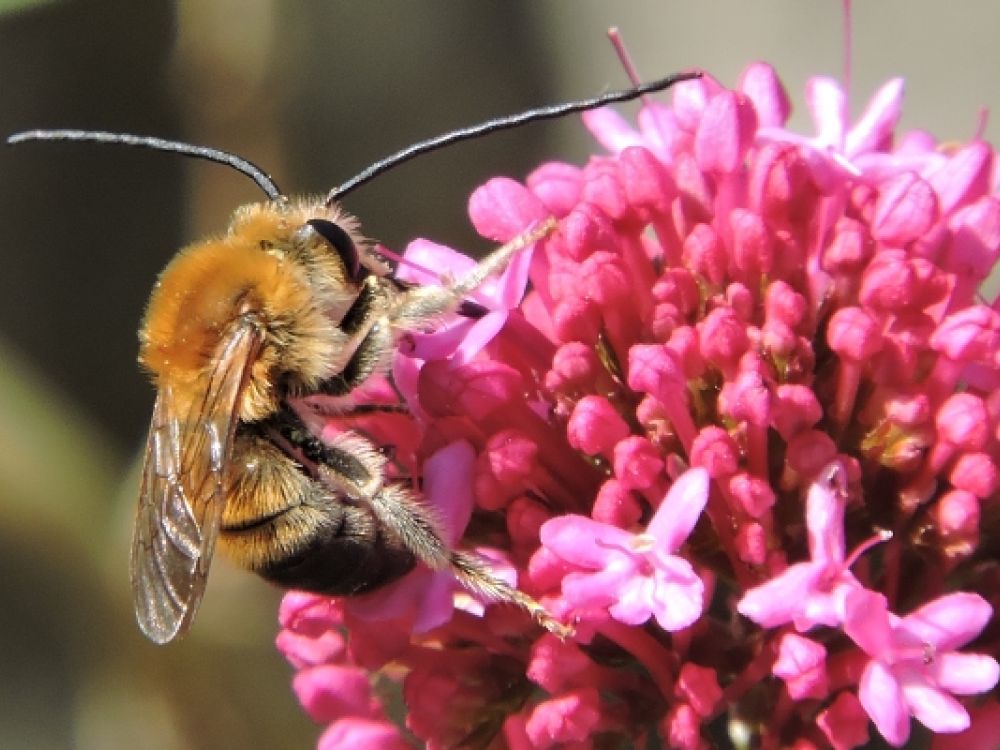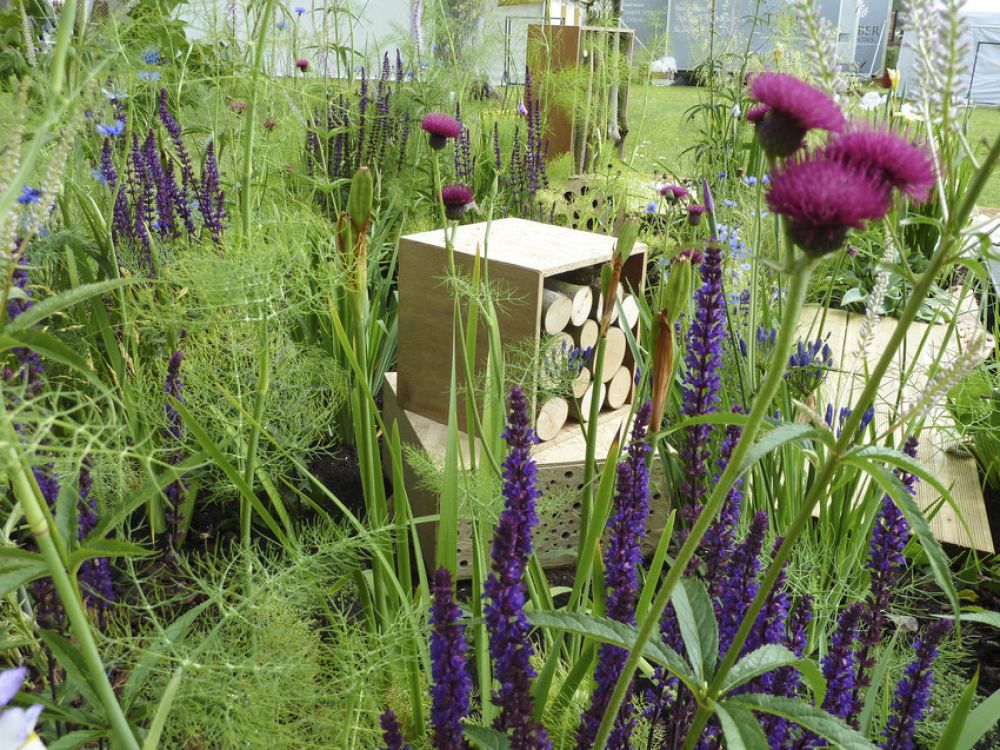
Thank you for taking part

Great British Bee Count 2018 in numbers
23,755
bee-lovers took part
482,915
bees were recorded
50
species of bee were identified
2,901
bees were recorded at bee hotels
73%
of bees were spotted in gardens

Rare bees sightings

Easy bee identification guide

Find out about Britain's amazing bees
Did you know that 270 species of bee have been recorded in Britain?

It's not just about the honey
There are 26 species of bumblebee in Britain and just one honey bee - Apis mellifera.

Spot the difference
Can you tell a Brown carder from a Shrill carder bee?

Gardening for bees

